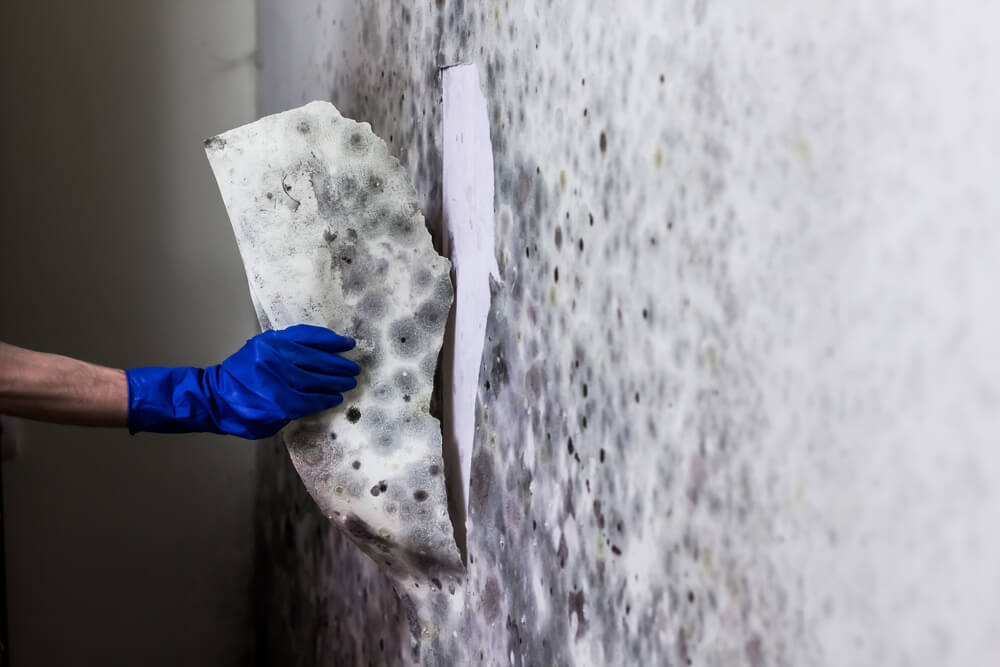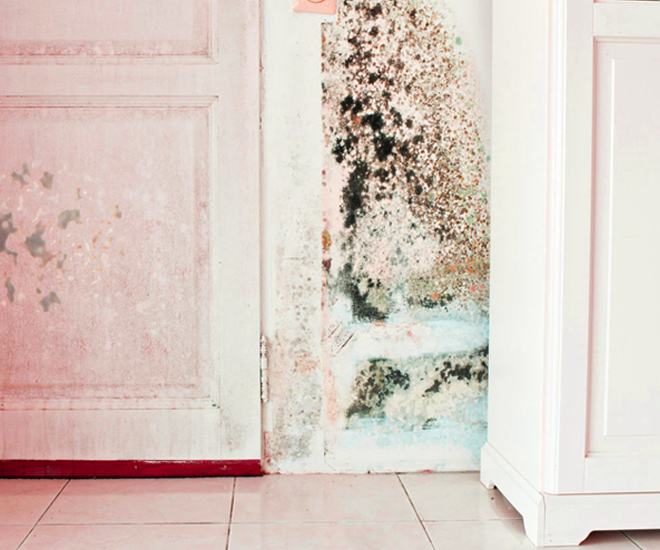Your Ultimate Guide to Blog Post Mold Remediation Techniques
Navigating the realm of post-mold remediation techniques is a meticulous procedure that demands attention to information and a thorough understanding of the details entailed. In the results of mold infestation, recognizing just how to efficiently eradicate the mold and avoid its reoccurrence is paramount for keeping a healthy and balanced interior atmosphere. From picking the appropriate cleansing and decontaminating techniques to carrying out strategies for long-term mold and mildew prevention, each step in the remediation trip plays an essential function in ensuring an effective outcome. As we get started on this expedition of post-mold removal strategies, we will certainly reveal the crucial approaches and best practices that can assist you restore your space to its pre-mold condition and safeguard it against future mold and mildew threats.
Understanding Post-Mold Remediation Process
After completing the mold removal process, it is important to comprehend the post-mold removal techniques that are necessary to make certain a detailed and efficient cleaning. Once the mold and mildew has actually been eliminated, the next action includes cleansing and disinfecting the affected locations to stop any kind of regrowth of mold and mildew. This includes making use of specialized cleaning representatives to wipe down surface areas and eliminate any kind of staying mold spores. It is essential to dry out the location totally to prevent the development of mold in the future (Post Mold Remediation). Appropriate ventilation and dehumidification can help in this process.
Additionally, carrying out a final evaluation post-remediation is essential to make certain that all mold and mildew has actually been successfully eradicated. If the evaluation reveals any kind of lingering mold and mildew, added remediation might be essential.
Efficient Cleaning Up and Disinfecting Approaches

Protecting Against Future Mold And Mildew Growth

Relevance of Correct Air Flow
Proper air flow plays an essential function in protecting against wetness buildup, an essential factor in mold and mildew growth within indoor environments. Efficient air flow systems help get rid of excess moisture from the air, decreasing the possibilities of mold and mildew spores discovering the dampness they need to sprout and spread. Without adequate ventilation, indoor spaces can come to be a breeding ground for mold, leading to potential health threats and architectural damage.
By making sure correct air circulation, air flow systems can likewise assist in drying damp locations faster after water damages or flooding occurrences, even more discouraging mold and mildew development. Post Mold remediation cleaning. In areas like shower rooms, basements, cooking areas, and attic rooms where moisture levels often tend to be higher, installing and maintaining efficient ventilation systems is vital in avoiding mold problems

Monitoring and Maintenance Tips
Given the critical duty that proper air flow plays in protecting against mold and mildew development, it is important to develop effective monitoring and upkeep pointers to make certain the continued capability of air flow systems. Tracking humidity levels within the property is additionally essential, as high moisture can contribute to mold and mildew growth. By staying aggressive and conscientious to the problem of air flow systems, home owners can successfully minimize the danger of mold and mildew regrowth and keep a healthy indoor atmosphere.
Conclusion
In verdict, post-mold removal strategies are important for making sure a tidy and risk-free setting. Recognizing the procedure, executing reliable cleaning and disinfecting methods, avoiding future mold growth, maintaining proper air flow, and regular tracking are all crucial action in the remediation procedure. By adhering to these standards, you can effectively get rid of mold and avoid its return, working or promoting a healthy living space for all owners.
In the results of mold and mildew problem, knowing exactly how to properly remove the mold and prevent its reoccurrence is paramount for preserving a healthy and balanced interior setting. When the mold and mildew has been eliminated, the following action includes cleaning and sanitizing the influenced areas to stop any kind of regrowth of mold and mildew - what to do after mold remediation. After removing noticeable mold growth, it is critical to clean up all surface areas in the damaged area to get rid of any type of staying mold spores. To additionally improve mold prevention procedures, it is essential to resolve underlying problems that initially led to mold and mildew advancement.Provided the important function that proper air flow plays in stopping mold and mildew development, it is crucial to develop effective monitoring and upkeep suggestions to make sure the continued capability of air flow systems